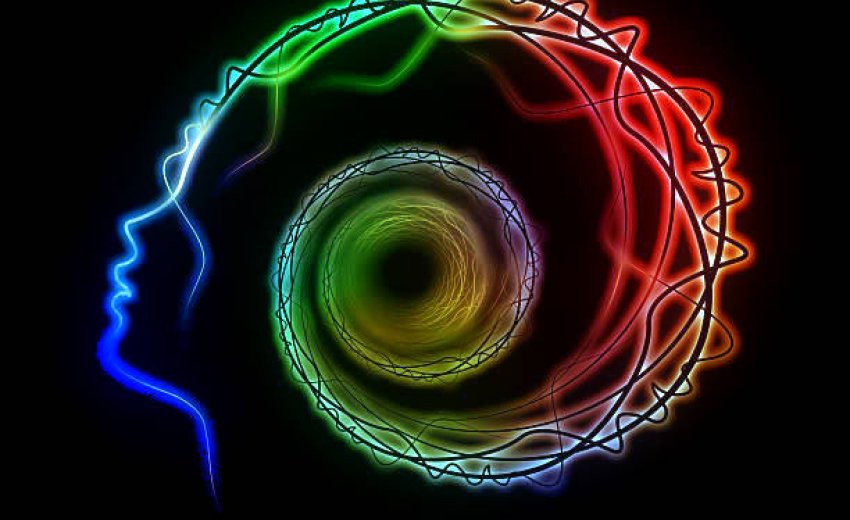When we talk about Nam Simran, we often associate it with the practice of verbally repeating God's Name, like chanting "Sat Nam, Sat Nam, Wahe Guru, Wahe Guru." However, this act is known as Japa, which involves the audible repetition of Nam. The only command found in the entire Siri Guru Granth Sahib is "Jap!" This command, given by Guru Nanak Dev Ji, urges us to chant "Aaad Sach, Jugaad Sach, Haybee Sach, Nanak Hosee Be Sach." It's a powerful mantra that encourages Japa.
But what about Simran? Simran is a different practice, characterized by its silence. It doesn't involve audible repetition but instead focuses on maintaining a constant inner awareness of the Infinite. This awareness is nurtured silently, often through the breath or by using bij mantras (used for invocations of specific divine beings) like "Har, Ram, Sat Nam, Hari," or through the Guru mantra "Wahe Guru."
The essence of Sirman
Simran is not just about loudly chanting the Holy Name when facing life's challenges. This is not the true essence of Simran. In reality, Simran is a state of mind, not merely an action. It goes beyond what you do; it's about who you are. Simran means never forgetting your True Identity, where you recognize the unity between yourself and the divine presence in all things.
Once this habit of remembrance takes root in your life, you acknowledge the oneness of you and the divine in every moment, with every breath. It doesn't matter if you're in pain or pleasure, amid noisy children or just going through your daily routines like brushing your teeth or combing your hair. You come to perceive the sacredness in everything, and this constant awareness of the sacred is what we refer to as Simran.
SSS Harbhajan Singh Khalsa, popularly known as Yogi Bhajan, and also Siri Singh Sahib, beautifully explains the significance of Simran:
Simran is like a secret power that resides within us, and it's the only way to truly evaluate ourselves. Without Simran, a person is like a monkey stuck in a tree, never evolving. Your determination, resilience, stability, depth, and wholeness all stem from the practice of Simran. Through Simran, we connect with the boundless, tapping into the infinite source of strength within us, which then empowers us to engage in seva or selfless service. These four pillars—Bana, bani, seva, and simran—are the foundation of our spiritual journey, and it's important to remember that simran is not the least important; it is, in fact, our very foundation and strength.
In the spiritual path, Simran is often placed last among these four fundamentals, but this does not diminish its significance. Instead, it is positioned as the "tek," the core and essence of our practice. Simran is a deeply personal and powerful tool that we possess, allowing us to connect with our inner strength and the limitless energy of the universe. It's a reminder that our own inner strength, cultivated through Simran, is the key to understanding and mastering the other aspects of our spiritual journey. So, let us not underestimate the power of Simran, for it is the cornerstone of our spiritual growth and transformation.
He further goes on to explain the power of Simran in our life.
“Simran is what we depend on. Simran is our companion. Our friend, our constant associate, our well-wisher. Our total support. Simran is the ambassador of God within us. It's our reality. It is the congeniality of man and God. Whosoever will do simran can do seva. Whosoever can do seva, can be understood through his bani and can wear bana. The order is actually reversed. The majority of people are very shaky when they wear bana. Especially in the United States. Because bana puts you right in front lines. The moment you wear bana, then you have to perform to what bana shows. If you do not match up with the performance of bana, you will be nakedly known for how stupid you are. A person will say, "Hey, you look different, but you talk common. Your feelings and emotions are common. You don't match up to who you are." Bana is a reminder to match up to who we are, to feel who we are, to understand who we are. And bana is also an invitation to people. It tells people, "There goes a Sikh of the Guru! There goes a person with purity and piety, who stands for something. There is the Khalsa."
Naam Simran is seen as a way to cleanse the mind, purify the soul, and maintain a state of mindfulness in daily life, ultimately leading to a sense of inner peace and harmony with the Creator. It is a simple yet profound practice that serves as a cornerstone of Sikh spirituality. Let’s continue reviving ourselves and connecting with the higher supreme power.
*Based on an article by Guruka Singh Khalsa, published on mrsikhnet.com on 12th June 2009
